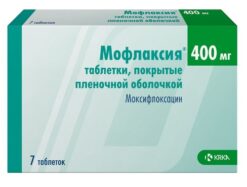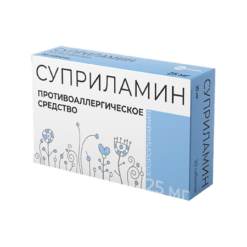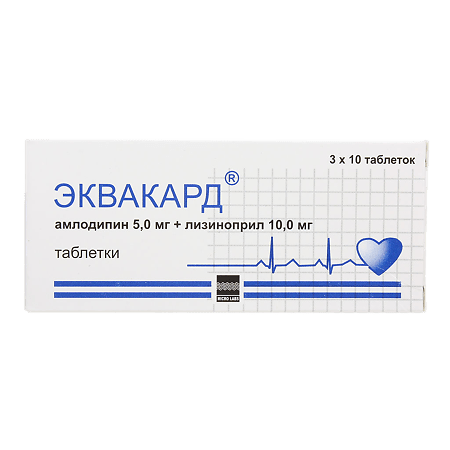-
×


-
×


-
×


-
×


-
×


-
×


-
×


Subtotal: €195.50













